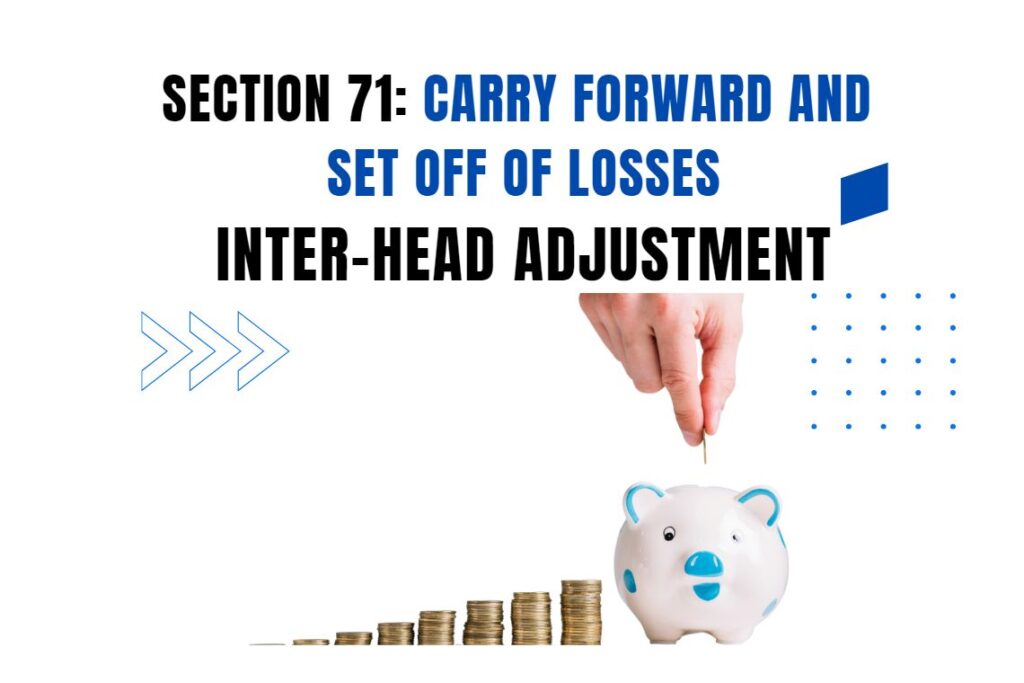Section 72A of the Income Tax Act, 1961, provides exceptional relief for companies undergoing restructuring (amalgamation, demerger, or reorganization) by allowing the carry forward and set-off of accumulated business losses and unabsorbed depreciation. This ensures that genuine business reorganizations do not result in the loss of tax benefits. Below is a detailed analysis:
1. Key Scenarios Covered Under Section 72A
A. Amalgamation of Companies [Section 72A(1)-(3)]
- Applies when one or more companies mergeinto another company.
- Accumulated lossesand unabsorbed depreciation of the amalgamating company can be carried forward by the amalgamated company.
- Conditions:
- The amalgamated company must continue the businessfor at least 5 years.
- It must retain 75% of the fixed assetsacquired for 5 years.
B. Demerger of Companies [Section 72A(4)-(5)]
- Losses and depreciation are apportionedbetween the demerged and resulting companies based on:
- Assets transferred(for directly relatable losses).
- Ratio of retained vs. transferred assets(for non-directly relatable losses).
C. Business Reorganization [Section 72A(6)-(6A)]
- Applies to:
- Firms/proprietary concerns converting to companies(if conditions under Section 47(xiii)/(xiv) are met).
- Private/unlisted companies converting to LLPs.
2. Key Conditions for Availing Benefits
To claim carry-forward benefits under Section 72A, the following must be satisfied:
- Business Continuity:
- The amalgamated/resulting company must continue the businessfor 5 years post-restructuring.
- Asset Retention:
- 75% of fixed assetsmust be retained for 5 years.
- Genuine Business Purpose:
- Restructuring cannot be tax-driven; it must have commercial justification.
- Timely Compliance:
- Losses can be carried forward only if the return is filed on time(Section 139(1)).
Failure to comply results in:
- Losses/depreciation being taxed as incomein the year of default.
3. Time Limits for Carry Forward
| TYPE OF LOSS/DEPRECIATION | CARRY-FORWARD PERIOD |
| Accumulated business loss | 8 years (from the year of loss) |
| Unabsorbed depreciation | No time limit |
Amendment (2025):
- Losses cannot be “evergreened”via successive amalgamations. The 8-year limit is fixed from the original loss year.
4. Practical Examples
Case 1: Amalgamation
- Amalgamating Co. (XYZ Ltd.): Loss = ₹10 lakh, Unabsorbed depreciation = ₹5 lakh.
- Amalgamated Co. (ABC Ltd.): Profit = ₹12 lakh.
- Set-off: ₹10 lakh (loss) + ₹2 lakh (depreciation) → Taxable profit: ₹0.
- Remaining depreciation: ₹3 lakh (carried forward indefinitely).
Case 2: Demerger
- Demerged Co.: Total loss = ₹20 lakh (₹15 lakh relates to transferred assets).
- Resulting Co.: Set-off allowed = ₹15 lakh (directly relatable).
5. Exceptions & Special Cases
- Banking Companies: Section 72AA allows loss carry-forward in bank amalgamationssanctioned by the Central Government.
- Co-operative Banks: Section 72AB extends similar benefits to co-operative banks.
6. Key Takeaways
✅ Losses can be transferred in amalgamation/demerger, subject to conditions.
✅ 8-year limit for business losses (unabsorbed depreciation has no limit).
⚠️ Strict compliance required (business continuity, asset retention).
📅 2025 Amendment: Prevents evergreening; fixes 8-year window from the original loss year






